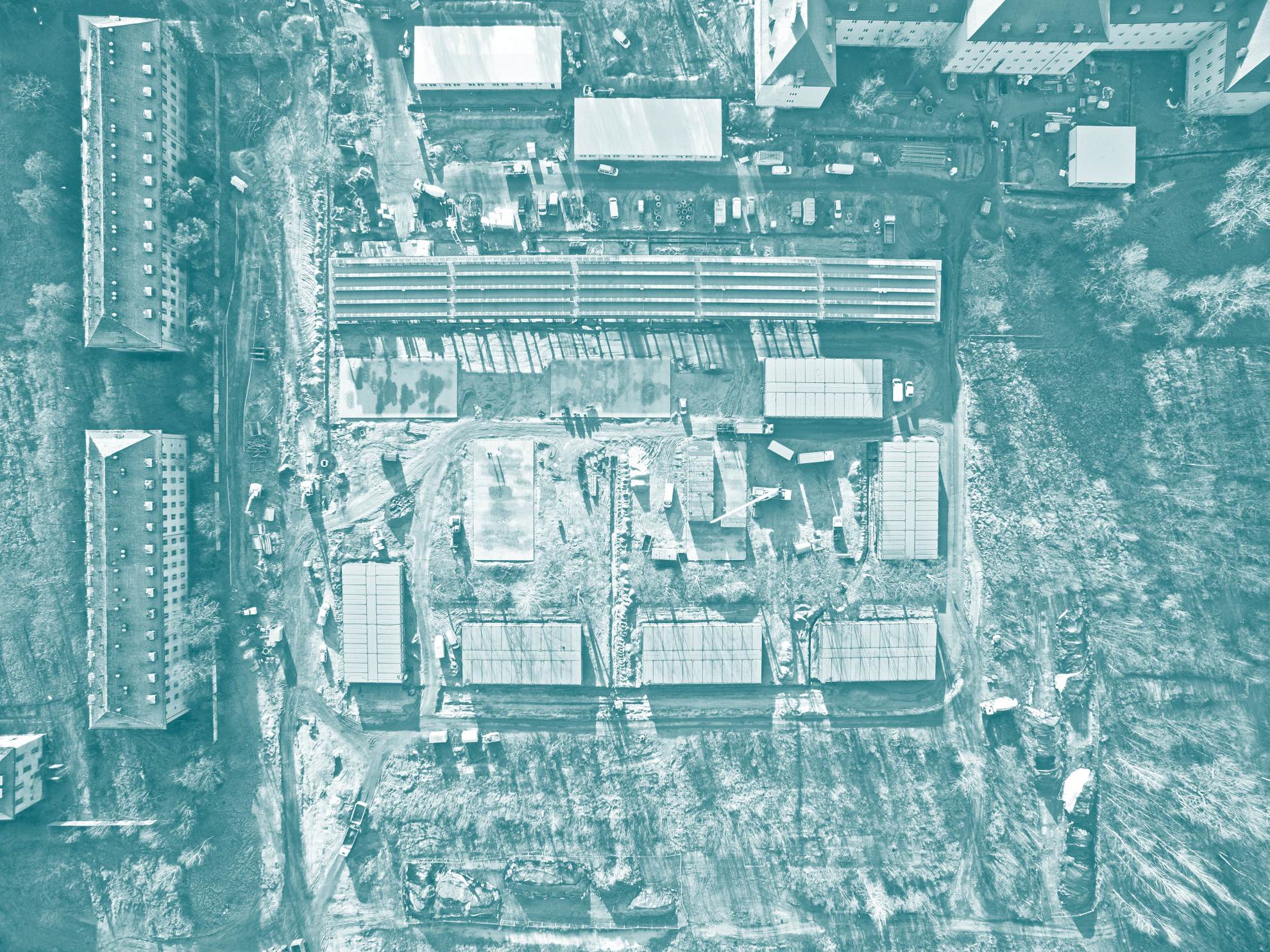18 June 2021 16:50 Whose Heritage?
Colonial-Era Architecture of the Colonized in Early 20th-Century Cameroon
Mark Dike DeLancey (DePaul University)
Architectural history in Africa during the colonial period has focused largely on works created by European colonizers, and only rarely on how Africans adapted or responded to these new forms. Increasing interest in recent years in colonial, and more recently post-colonial, architecture in Africa has led to the impression that 20th-century architecture on that continent is for the most part a European story. The Palace of King Njoya, constructed 1917–1922, provides an example of how enterprising rulers in the Cameroon Grassfields sought to engage with modernity through emulation of colonial models, while also introducing strategic variations to this architecture. According to myth, this palace was created to imitate the German governor’s palace after King Njoya visited it in 1907. Yet focusing on the emulation of European architecture has blinded architectural historians to the full range of references in this extraordinary work, which combines the colonial with local Bamum forms and others adopted from the Islamic polities to the north. The air of inauthenticity disqualified this work for serious scholarly consideration; only that which preceded the colonial, or which seemingly denied the colonial, was worthy of attention.
I wish to consider this palace explicitly as a politically astute and carefully considered response by King Njoya to the colonial situation. Drawing upon precolonial practices of royal innovation and competition, King Njoya’s palace inspired other rulers to create a host of similar palaces, leading to the conclusion that rulers were looking to each other as much as, or even more than, the colonial centre. Ultimately, this paper aims to decentre the colonizer from the history of architectural construction and creativity in the Cameroon Grassfields during the colonial era.
Mark Dike DeLancey is Professor and Chair of History of Art and Architecture at DePaul University. He received his BA in combined studio art/art history from Oberlin College in 1996, and his PhD in History of Art and Architecture from Harvard University in 2004. His research is focused on palace architecture in Cameroon, and more recently on calligraphy, contemporary art, and manuscripts in Mauritania. He is the author of Conquest and Construction: Palace Architecture in Northern Cameroon (Brill, 2016), co-author of the last three editions of Historical Dictionary of the Republic of Cameroon (Rowman & Littlefield, 2019, 2010, 2000) and has published articles in the Journal of the Society of Architectural Historians, Cahiers d’études africaines, The Oxford Research Encyclopedia of African History, and Islamic Africa.
